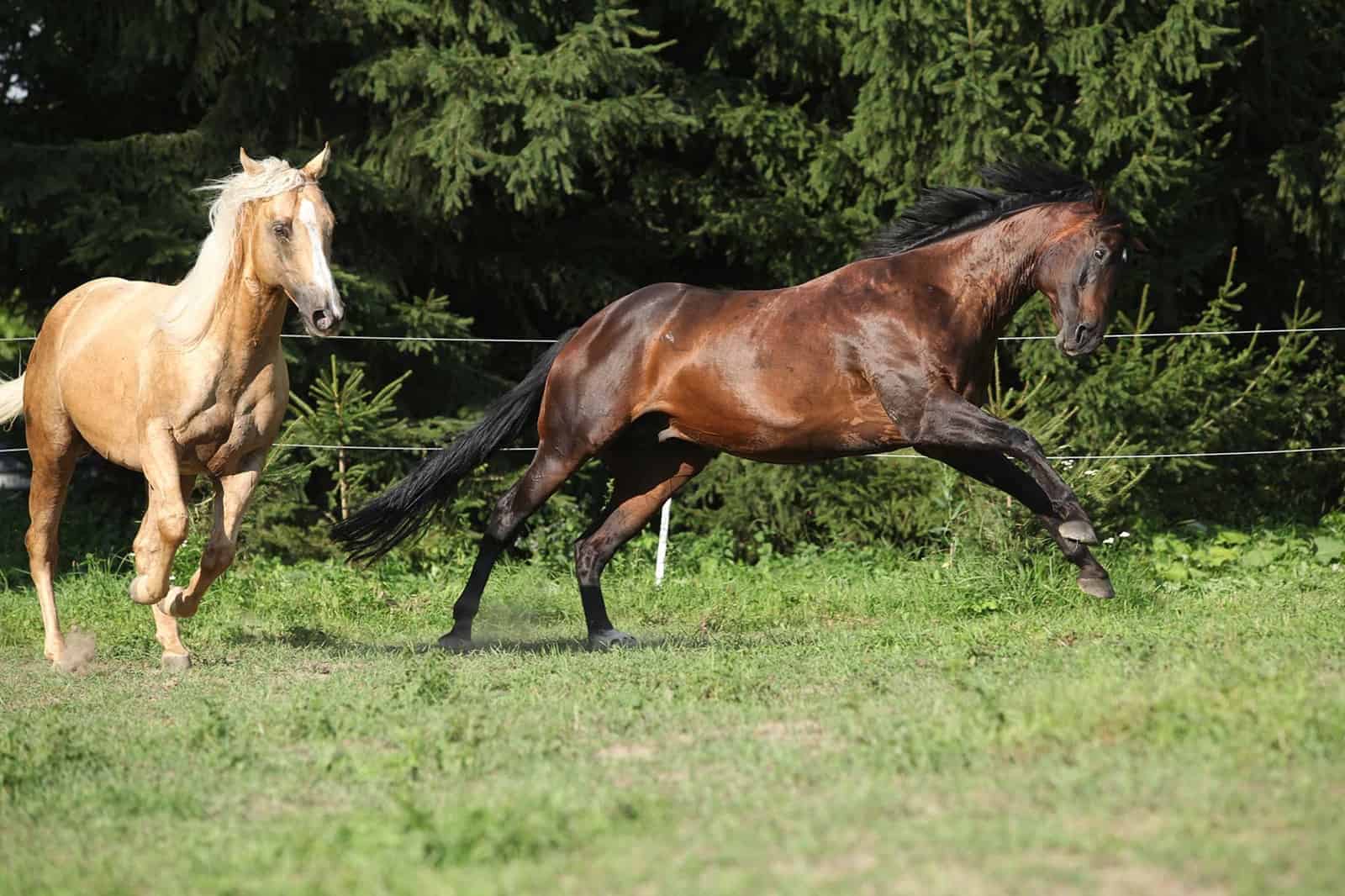What’s All the Hype? Feeding the Energetic Horse

Some simple diet changes might help calm your hyperactive horse
He’s impossible to catch in the pasture when out with his herdmates. He’s jigging about while you tack him up. And he eyes every blade of grass beside the arena suspiciously, as if one might reach out and grab a fetlock at any moment.
Some might say he’s “feeling his oats,” pointing at nutrition as the cause of his hyperactivity. Could a simple grain change bring this four-legged kite back down to earth? Let’s find out.
Pinpointing the Cause
Many factors can influence a horse’s hyperactivity, including genetic predisposition, experience and learning, management, and nutrition. In most cases multiple factors play a role in this behavior and, without a complete understanding of each, it’s easy to single out nutrition, specifically concentrates, as the main culprit
Create a free account with TheHorse.com to view this content.
TheHorse.com is home to thousands of free articles about horse health care. In order to access some of our exclusive free content, you must be signed into TheHorse.com.
Start your free account today!
Already have an account?
and continue reading.
Written by:
Kristen M. Janicki, MS, PAS
Related Articles
Stay on top of the most recent Horse Health news with















